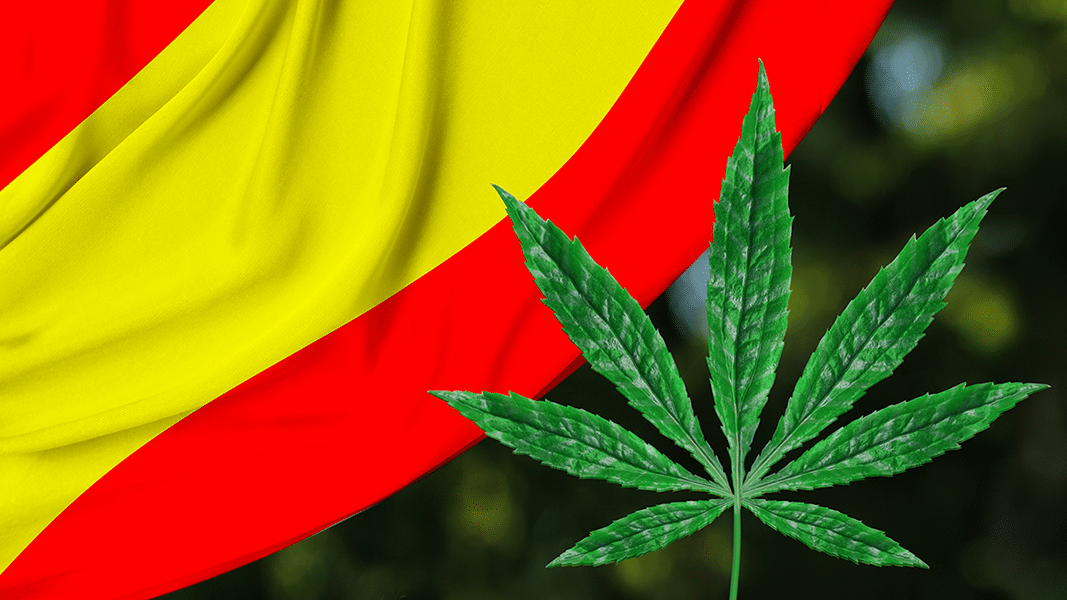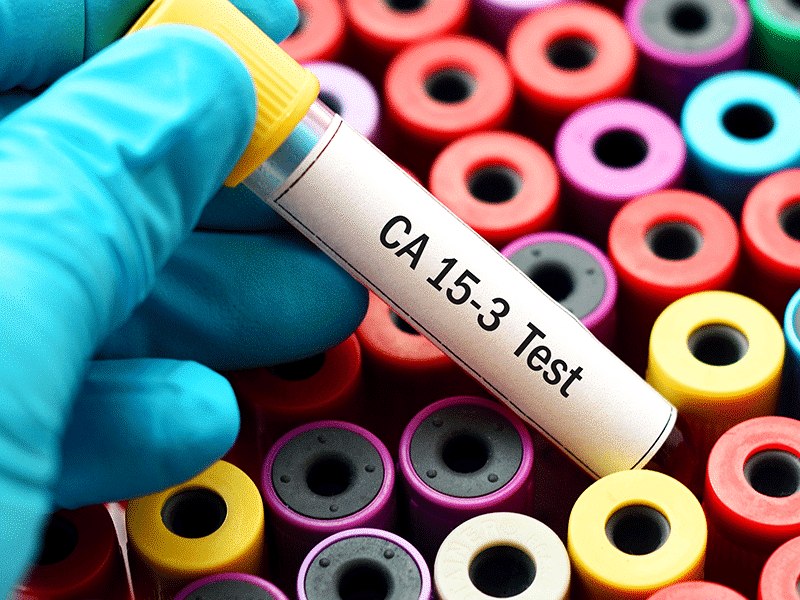Medical cannabis activists and patients in Spain had reason to celebrate after the Spanish government’s decision in June to legalize access to medicinal cannabis for a number of health conditions through the country’s public health system.
Although Spanish scientists for several years have been at the forefront of ground-breaking cannabinoid research on cancer and neurological diseases, getting a prescription for standardized and regulated medicinal cannabis products from a doctor was not on the table in Spain, as the cannabis plant’s therapeutic use had not been legally recognised.
Until now patients have found themselves in a rather grey legal hinterland. Some were able to access cannabis from the plethora of clubs dotted around the country. Or, if so inclined, they could risk growing their own cannabis plants (as long as they weren’t visible to the public).
Meanwhile, the Government was happy to issue licences to a number of Spanish producers for the cultivation of medical grade cannabis – but only for export to other countries such as Germany, Poland, and the UK.
Long Road to Regulation
How has it gotten to this point?
For seven years the Spanish Medical Cannabis Observatory, with President Carola Pérez and Vice President Professor Manuel Guzmán at the helm, had been doggedly meeting with Spanish political parties, most of whom until recently had been against any regulatory change.
“At times we were very optimistic and other times pessimistic because in some stages it seemed that there was a cul de sac with no exit,” Professor Guzmán tells Project CBD.
Early signs stemming from an overly cautious approach by the governing socialist party (PSOE) suggested that access would be extremely restricted, with many conditions known to benefit from cannabis left out of the program. But after some last-minute negotiations, it was agreed that patients with endometriosis, multiple sclerosis, epilepsy, chemotherapy-related nausea and vomiting, cancer pain, and non-cancer pain (including neuropathic pain), will be eligible.
While it’s thought 300,000 patients in Spain could in principle benefit from the medical cannabis program when it’s eventually rolled out, many more with conditions such as fibromyalgia, inflammatory bowel disease, cancer-related cachexia, and glaucoma, will be forced to continue buying their cannabis medicine from cannabis clubs, the illicit market, or growing their own.
“Everything can be improved,” acknowledges Guzmán. “Of course, we would have liked other indications to have been included… But if you had told me two or three years ago what we have now, I would have said it’s pretty good.”
Flower in Pharmacies?
For those lucky enough to qualify, all hinges upon how the Spanish Health Agency, which has until the end of the year to devise a medical cannabis program, interprets the initial draft guidelines.
They specify that cannabis-based preparations – including magistral formulas with different THC:CBD ratios made onsite in pharmacies for individual patients – will be prescribed by Specialist Doctors and dispensed by hospital pharmacies, although Guzmán and his Observatory colleagues hope this will be extended to General Practitioners and community pharmacies as well.
Less clear is whether cannabis flowers, which are not explicitly mentioned in the draft, will be included in the program, raising concern amongst patients, many of whom vaporize cannabis flower to manage breakthrough pain and nausea, about future access through regulated channels.
Over and above whether a medical cannabis program can realistically be rolled out in six months, Guzmán believes its success will rely on the money and resources put behind it. Doctors need to be educated and trained in cannabis therapeutics, and products must be available to prescribe and consume. “If there is a regulation but there are no products or there are no doctors, then it will be useless,” says Guzman.
Who Pays?
Crucial, too, will be the cost of medicinal cannabis prescriptions to the patient. While Guzmán hopes the bulk of the cost will be covered by the country’s social security system, ultimately the Spanish Health Agency will decide where the financial burden will lie.
“We (The Medical Cannabis Observatory) will have to watch out very carefully if the main points are fulfilled,” he says. “We still have a role to play in the process, but we have to keep on watching and being as active as possible to have the best, most generous program.”
Either way, after a battle well fought, 2023 will be the year that some Spanish patients at least will finally get a legal medical cannabis prescription.
Mary Biles, a UK-based journalist, educator, and Project CBD contributing writer, is the author of The CBD Book (Harper Collins, UK). © Copyright, Project CBD. May not be reprinted without permission.
Recommended Readings
Women Patient Cannabis Activists Fighting for Change
They saw a problem that needed a solution.
THC vs. Breast Cancer
A comparison of the antitumoral activity of single-molecule THC and whole plant cannabis oil.
CBD for Brain-Damaged Babies?
Could CBD save the lives of babies born with brain damage? A new clinical trial aims to find out.










